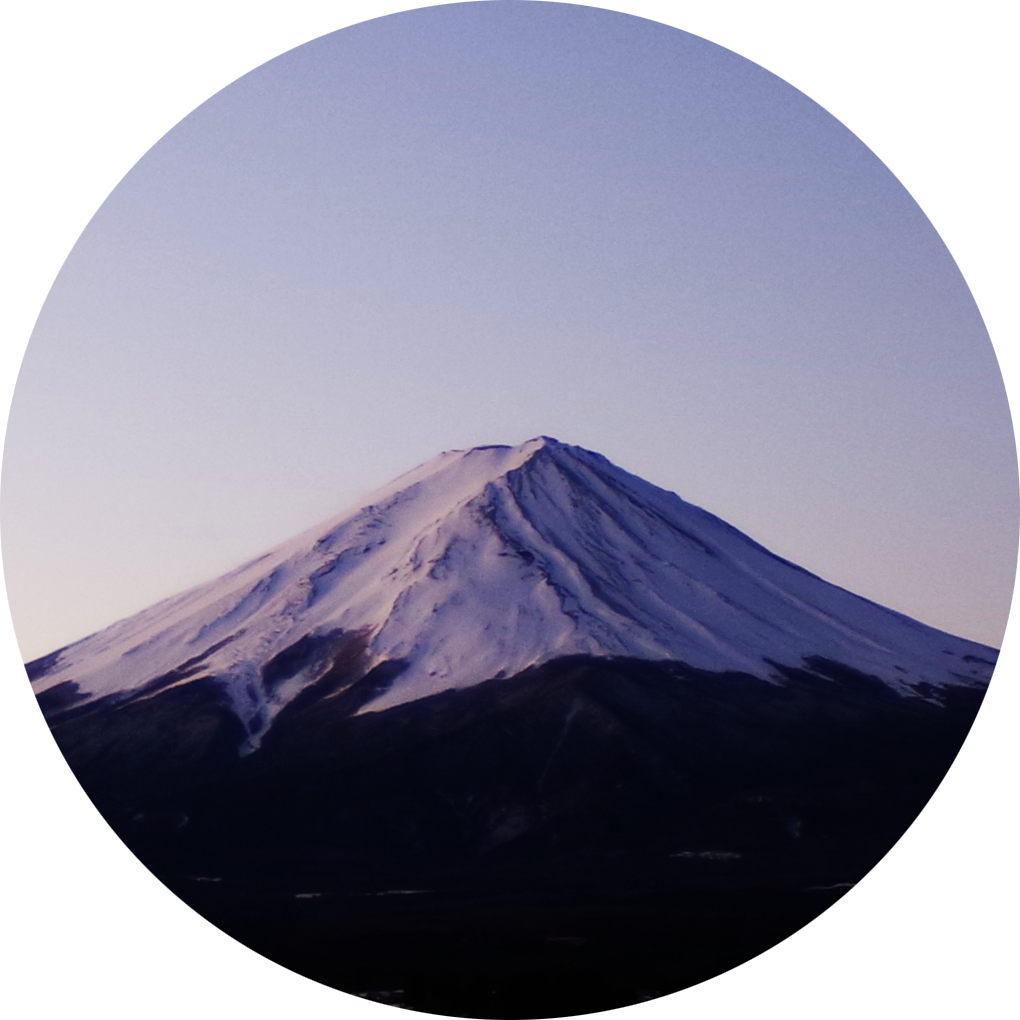Roots of Japan culture
Due to Japan's topographical feature being surrounded by the ocean on all sides, original culture of Japan that integrated continental culture and influenced by lifestyles, politics, religions at the time has been formed. The lifestyle of ancient Japanese was mainly hunting and gathering. After rice cultivation was imported from Chinese continental, the lifestyle gradually changed to harvesting mainly and villages were formed. The scale of villages gradually expanded and large villages and the person who governed wide area were appeared. Out of this, a nation emerged and grew in power, with the emperor at the center of politics, which has continued to the present day. As time progressed, the center of politics shifted from the emperor to the samurai and then back to the emperor, and in the process various cultures were formed.
From a religious perspective, ancient Japanese people sensed gods and spirits in nature and practiced nature worship to keep a peace of dairylife for family, village and community with the development of agricultural culture and the formation of villages. This is the way of thinking that spirits exist in everything around us and it is the basis of Shintoism. Later, with the emergence of powerful states and political powers, the prototype of Shinto gradually took shape and was systematized, with legendary stories added.
On the other hand, in the 6th century, Buddhism was introduced from the continent, and the concept of salvation which was different from the idea of Shinto that praying for the peace of the community, was accepted and spread in Japan. At first, God and Buddha were recognized as different things, but various interpretations were made based on the lifestyle and political background of each era, and gradually the idea that God and Buddha were the same became widespread, and Shinto and Buddhism became mixed. In this way, a unique religious view of Japan mixed Shinto and Buddhism has been developed and this have been reflected in Japan culture.
In the Meiji period, Shinto and Buddhism came to be clearly separated as different things, but both cultures continued to exist as customs.


